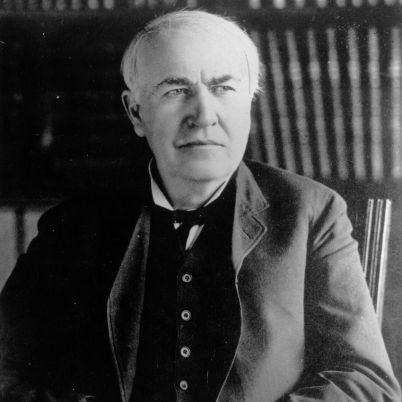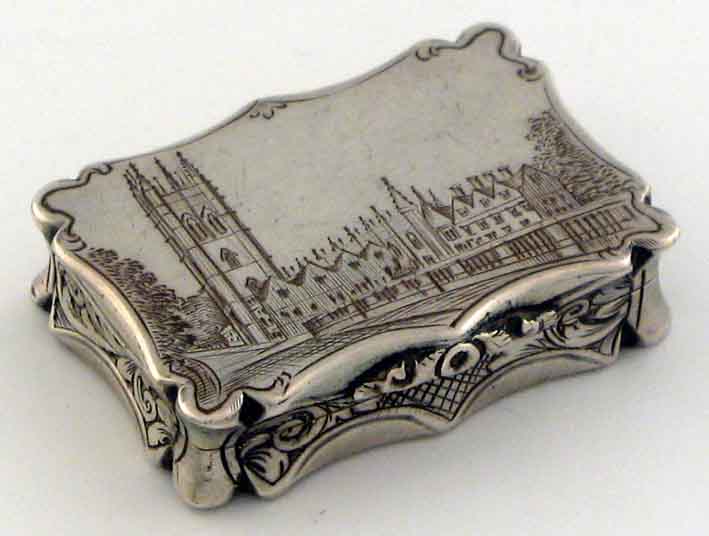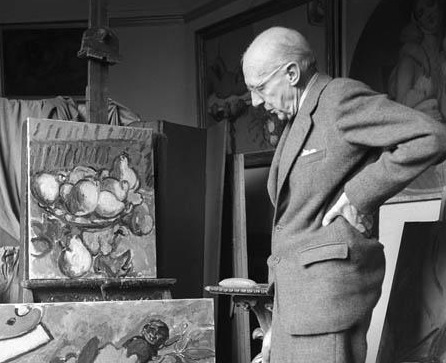[jwplayer mediaid=”5554″]
I was definitely able to transmit the living image, and it was the first time it had been done. But how to convince the sceptical, hide-bound, select and exclusive scientific world?…
…Would they admit that a wretched nonentity working with soap boxes in a garret had done something which many of them had stated was not possible? JLB.
From The Times (London), Thursday 28 January 1926, p.9 column C.
THE “TELEVISOR”
SUCCESSFUL TEST OF NEW APPARATUS
Members of the Royal Institution and other visitors to a laboratory in an upper room in Frith-Street, Soho, on Tuesday [26 January] saw a demonstration of apparatus invented by Mr. J.L. Baird, who claims to have solved the problem of television. They were shown a transmitting machine, consisting of a large wooden revolving disc containing lenses, behind which was a revolving shutter and a light sensitive cell. It was explained that by means of the shutter and lens disc an image of articles or persons standing in front of the machine could be made to pass over the light sensitive cell at high speed. The current in the cell varies in proportion to the light falling on it, and this varying current is transmitted to a receiver where it controls a light behind an optical arrangement similar to that at the sending end. By this means a point of light is caused to traverse a ground glass screen. The light is dim at the shadows and bright at the high lights, and crosses the screen so rapidly that the whole image appears simultaneously to the eye.

The first known photograph of a moving image produced by Baird’s “televisor”, circa 1926 (The subject is Baird’s business partner Oliver Hutchinson)
For the purposes of the demonstration the head of a ventriloquist’s doll was manipulated as the image to be transmitted, though the human face was also reproduced. First on a receiver in the same room as the transmitter and then on a portable receiver in another room, the visitors were shown recognizable reception of the movements of the dummy head and of a person speaking. The image as transmitted was faint and often blurred, but substantiated a claim that through the “Televisor” as Mr.Baird has named his apparatus, it is possible to transmit and reproduce instantly the details of movement, and such things as the play of expression on the face.
It has yet to be seen to what extent further developments will carry Mr.Baird’s system towards practical use. He has overcome apparently earlier failures to construct light sensitive cells which would function at the high speed demanded, and he as is now assured of financial support in his work, he will be able to improve and elaborate his apparatus. Application has been made to the Postmaster-General for an experimental broadcasting licence and trials with the system may shortly be made from a building in St. Martin’s Lane.
The apparatus in the video was donated to the London Science Museum in 1926. Baird appeared in connection with a large Science Museum television exhibition in 1937.
The famous Lafayette photograph at left of Baird’s business partner Oliver Hutchinson represents the closest approximation of the earliest human face pictures that were discussed in the Times article. This is the first photograph ever taken of a television image.
Credits:
http://bairdtelevision.com/

![The Televisor. Successful Baird Demonstration [Video]](https://gaukantiques.com/wp-content/uploads/2013/03/john-logie-baird.jpg)









